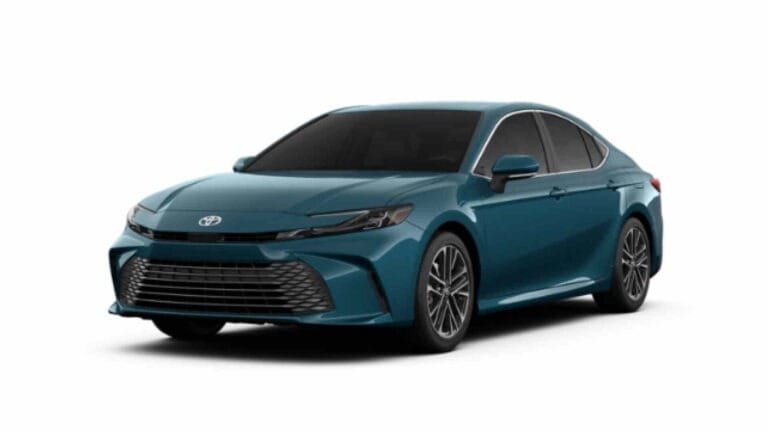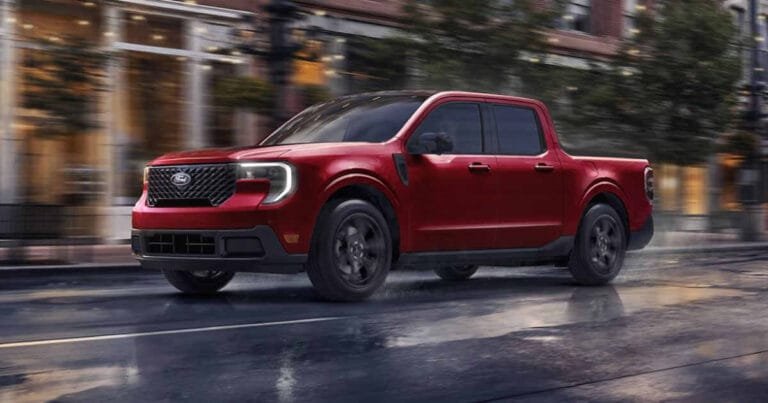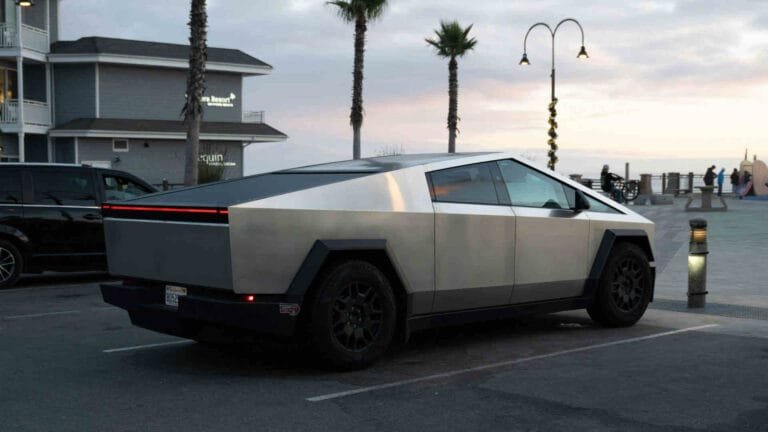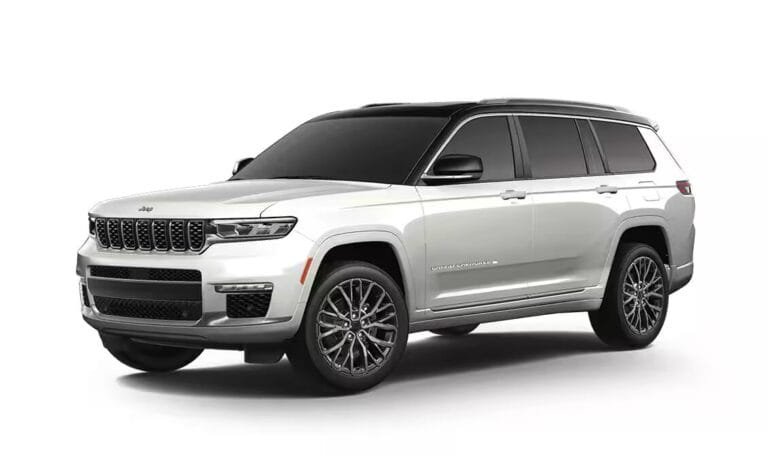When the car is overheating, what to do and not to do.
Introduction:
Traveling with the family in the summer in Greece is a joy. That joy is spoiled when suddenly smoke starts pouring out of the car’s hood. Not only does the ride get ruined, but the car can also get damaged.
In fact, U.S. cities are much hotter during the summer. Temperatures can rise from 80°F to 100°F. During this time, driving in the sun causes the engine to heat up due to both the running of the car’s engine and the outside temperature, leading to smoke emission.
Know the causes of car overheating and how to avoid it before traveling so that your enjoyable trip is not spoiled. Also, consult a mechanic in advance and keep their contact information handy.
Causes of Heat:
It is normal for the car to warm up while driving because the power generated by the small bursts in the engine heats up your car. However, it shouldn’t get too hot or start smoking.
If it overheats and smokes, it means the systems inside the car that protect and cool the engine are faulty. Engines operate in a normal range of 155 to 220 degrees Fahrenheit. More than this can lead to a smoking situation.
A car can overheat for various reasons, including:
Cooling system leak: Engine coolant can cause your car to overheat. Coolant is a mixture of antifreeze solution and water. Coolant absorbs heat and transfers it to the air flowing through the radiator. It is usually brightly colored (green, yellow, pink, or red) with a sweet smell.
When the coolant is low, the engine cannot cool properly. A coolant leak can cause the tank to run dry, which could be due to the radiator cap, water pump, engine freeze plug, heater core, or other parts. It could be an internal leak, meaning you may not see it, or an external leak, which may be visible under the car.Using the wrong coolant: Sometimes, the car overheats due to using the wrong coolant. If the coolant is pre-mixed and you accidentally add more water to it, it will not work properly.
Cooling hose blockage: A broken water pump in the cooling hose can prevent the coolant from reaching the necessary parts of the engine, blocking the cooling hoses.
Radiator issues: Coolant from the engine collects heat and expels it through radiator tubes. These tubes have metal fins that absorb heat and release it through the air. The radiator is at the front of the car, where air flows through the grille while the car is moving, and the radiator fan keeps the air moving when the car is stopped. When airflow to the radiator is blocked, or the fan isn’t working, the coolant does not cool enough, and engine temperature rises.
Water pump failure: The water pump circulates coolant through the engine cooling system. If this water pump breaks or leaks, the coolant will not circulate, causing the engine to overheat. Previously, coolant was just water, hence the name “water pump.”
Low engine oil level: Motor oil cleans your engine’s moving parts and helps reduce heat. It also removes heat from the engine during circulation. If the oil is too low or dirty, the engine will overheat quickly.
Thermostat failure: The thermostat helps antifreeze reach the engine and cool it. If it’s faulty and gives a false reading, coolant will not flow, and the engine will overheat, potentially causing damage.
Low coolant level: If the coolant level is low, the engine doesn’t cool properly, leading to overheating and smoke. This can damage your car’s engine.
Engine problems: Engine issues can range from belt and hose problems to issues in heat exchanger units that manage air and coolant flow. Since it’s hard to determine which of these might be causing your car to overheat, take it to a mechanic.
Why the engine overheats:
Engines can overheat for various reasons. An engine overheats when coolant and air do not flow properly. External parts like the coolant, hose, and water pump can be diagnosed by us, but internal engine issues are harder to diagnose or fix. So, the engine should always be serviced by a mechanic beforehand. If it overheats, wait for it to cool down, then take it to the nearest mechanic.
Signs of an overheated engine:
Recognizing overheating signs before it becomes severe can help avoid major damage:
Steam coming out of the car’s hood (similar to smoke)
A strange smell from the engine area
A sweet smell from a coolant leak
A burnt smell from an oil leak
The engine temperature gauge showing red or “H” on your dashboard
How to prevent engine overheating:
Although a car engine is beyond our control, there are steps we can take to prevent overheating:
Regularly check the coolant level.
Park in shaded areas during summer.
Change the lubricant regularly.
Maintain the correct oil level.
Regularly service the cooling system.
Limit the use of AC.
Monitor the engine dashboard.
Check for any burnt oil smell.
How engines overheat while driving:
Engine overheating can be a problem while driving. Drivers usually cannot pay full attention, and some cars may show a temperature warning light or an “H” on the dashboard. Sometimes steam or smoke might also come from the hood. Overheating can cause engine damage. Warning signs include:
A burning smell
Steam or smoke
A hot-to-the-touch bonnet
Reduced power
Thumping or knocking noises
What to do when the car overheats:
Most importantly, if the car overheats when you or your family are traveling, here are some steps:
Pull over safely: Park on the side as quickly as possible if you see warning lights or steam. Turn off the engine and evacuate all passengers to a safe distance.
Open the hood: Do not touch a hot car. Wait for it to cool, then open the hood. If you must open it sooner, do so carefully, as boiling coolant and pipes could spray out.
Identify the issue: Let the engine cool for 30 minutes before examining it. See if you can fix the problem. If not, contact a mechanic.
Turn off the AC: Turn off the AC to reduce stress on the engine.
Restart the engine: Once everything has cooled down, restart the vehicle and drive to the nearest mechanic.
What not to do when the car overheats:
Don’t panic: The engine isn’t cooling, but you should. Cool down, park in a safe spot, and get out of the car.
Don’t keep driving: Car overheating is serious. Don’t drive while ignoring it, as it can lead to severe damage and costly repairs.
Don’t open the hood immediately: Wait until it cools down completely before opening the hood.
Car overheating isn’t self-correcting, and fixing it ourselves isn’t always possible. Schedule regular car servicing, keep the mechanic’s number handy, and if the car overheats on the road or emits smoke, contact the nearest mechanic as soon as possible and get the car checked.
2025 Toyota Camry Toyota Camry Overview Toyota’s 2025 Camry is a sedan that will be popular for...
2025 HYUNDAI KONA 2025 HYUNDAI KONA 2025 Hyundai Kona is a small, budget-friendly sports utility vehicle....
Range Rover Sport Range Rover Sport Overview Land Rover presents the 2025 Range Rover Sport SUV, capable...
2025 Ford Maverick 2025 Ford Maverick Overview The 2025 Ford Maverick is a compact pickup truck with...
2025 Cybertruck 2025 Cybertruck 2025 Cybertruck is one of the most highly anticipated vehicles in the...
Cybertruck Cybertruck OverviewCybertruck is one of the most talked-about new cars in the world. Tesla’s...
LAND ROVER 2025 Range Rover Sport 2025 Range Rover Sport OverviewLand Rover presents the 2025 Range Rover...
2025 Jeep Grand Cherokee 2025 Jeep Grand Cherokee review 2025 Jeep Grand Cherokee off-road based Jeep...
2025 Jeep Wrangler 2025 Jeep Wrangler 2025 Jeep Wrangler is equipped for adventure. It is the most comfortable...
Jeep Grand Cherokee Trailhawk 2025 Jeep Grand Cherokee Trailhawk 2025 The Grand Cherokee Trailhawk is...
No posts found
Vehicle Tradeln Newsletter
Hello and welcome to Vehicle Tradeln the newsletter dedicated to bringing car lovers everything they need to know about vehicles and the lifestyle that comes with them! Whether you’re a seasoned car enthusiast, a traveler, or just someone looking to keep your car in top shape, you’ve come to the right place.
27 March 2025
2025 Toyota Camry review, spaces and price
2025 Toyota Camry Toyota Camry Overview Toyota’s 2025 Camry is a sedan that will be popular for...
24 March 2025
2025 Hyundai kona review, spaces and price
2025 HYUNDAI KONA 2025 HYUNDAI KONA 2025 Hyundai Kona is a small, budget-friendly sports utility vehicle....
06 March 2025
range rover sport
Range Rover Sport Range Rover Sport Overview Land Rover presents the 2025 Range Rover Sport SUV, capable...
05 March 2025
2025 Ford Maverick
2025 Ford Maverick 2025 Ford Maverick Overview The 2025 Ford Maverick is a compact pickup truck with...
24 February 2025
2025 cybertruck
2025 Cybertruck 2025 Cybertruck 2025 Cybertruck is one of the most highly anticipated vehicles in the...
22 February 2025
cybertruck
Cybertruck Cybertruck OverviewCybertruck is one of the most talked-about new cars in the world. Tesla’s...
18 February 2025
2025 Land rover range rover sport
LAND ROVER 2025 Range Rover Sport 2025 Range Rover Sport OverviewLand Rover presents the 2025 Range Rover...
13 February 2025
2025 JEEP GRAND CHEROKEE Review
2025 Jeep Grand Cherokee 2025 Jeep Grand Cherokee review 2025 Jeep Grand Cherokee off-road based Jeep...
09 February 2025
2025 Jeep Wrangler
2025 Jeep Wrangler 2025 Jeep Wrangler 2025 Jeep Wrangler is equipped for adventure. It is the most comfortable...
04 February 2025
Jeep Grand Cherokee Trailhawk 2025
Jeep Grand Cherokee Trailhawk 2025 Jeep Grand Cherokee Trailhawk 2025 The Grand Cherokee Trailhawk is...









